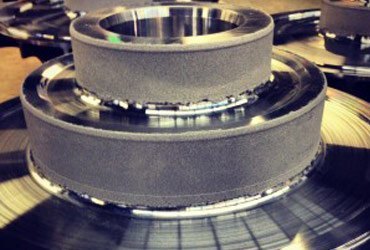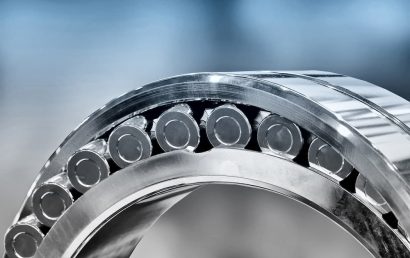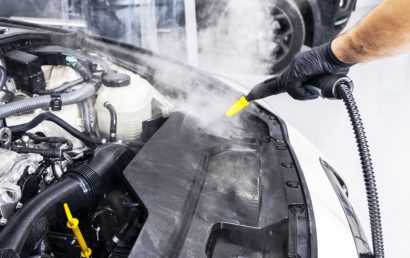Tackling The Different Types Of Wear
There are few people in this world that don’t have a relatively good idea of what constitutes wear. But there are different types of wear. In general, it can be harmful in many situations – particularly in an industrial setting. Fortunately, there are ways to protect against wear, corrosion, abrasion, and more.
We are going to examine a handful of various kinds of wear and its causes.
It’s Just Worn Out!
You’ve heard that exclamation before, no doubt. When something is said to be done, kaput, worn out, used up, etc., what’s being implied is that it is worn past the point of use or recognition. But how did it get that way? In many cases, something being worn is a result of material removal. Once enough material has been removed, by whatever means, the object is “worn” to the point of being worn out.
Material Removal
What causes material removal? Ordinarily, it is a repetitive motion and takes place gradually. But a number of parameters influence the complicated process of material removal. Many of these are as follows:
- Sliding speed
- Normal force
- Interacting material surfaces
- Material hardness and composition
- Environmental conditions
- Length of exposure
- Contact geometry
Even when the surfaces coming into contact appear relatively smooth, between the materials, contact junctions are formed by unseen asperities (valleys and peaks on the surface). When surfaces slide over each other, deformation can occur due to these asperities. From one or both surfaces, material is eventually removed by repetitive movement or striking.
Kinds of Wear
Generated wear is defined by the type of relative motion that causes it. Recognized modes of wear are as follows:
- Two-body abrasive wear – hard particles on one surface abrade against another surface, causing wear.
- Three-body – between contacting surfaces, loose particles cause abrasion.
- Sliding – unidirectional or reciprocating contact causes linear grooves or other signs of wear.
- Scuffing – macroscopically observed surface changes frequently caused by inadequate lubrication.
- Scratching – sliding protuberances or abrasive particles displace or remove surface materials.
- Scoring – directional, extensive grooves and scratches are signs of this type of severe wear.
- Rolling abrasion – debris or abrasive particles “roll” between contacting substances/surfaces.
- Rolling wear – a type of wear that occurs between two solid bodies that are nonconforming
- Pitting – cavitations, local adhesion, and fatigue can cause the formation of surface cavities.
- Mar abrasion – surface marring or changing where the surface is not ruptured but has permanent deformations.
- Impact wear – two solid bodies collide, one being perpendicular to the plane of the other.
- Frosting – abrasive wear causes a change in color in a fabric’s restricted area.
- Fretting – wear between two contacting, solid surfaces involving small amplitude oscillatory motion.
- Fatigue – arising from material fatigue, fractures cause solid surface wear.
- Erosive – caused by mechanical interaction between a surface and particles or liquid, progressive loss of the original material occurs.
- Erosion – when a surface is struck by gases or liquid, erosion (or the wearing away of the surface) occurs.
- Deformation – in relation to impact kinetic energy’s dissipation, it is a type of erosive wear.
- Cutting – also having to do with impact kinetic energy dissipation, cutting wear applies to solid impingement erosion.
- Crocking – rubbing action causes the color from one fabric surface to transfer to the surface of another fabric or surface.
- Corrosive – particularly significant to environmental conditions, chemical or electrochemical reactions cause this kind of wear.
- Catastrophic – rapidly occurring or accelerating surface damage, change of shape, or deterioration to an extensive degree.
We at A&A Coatings are experts on the subject of wear and how to prevent it. With the thermal spray protective coatings that we offer, surfaces can be made more durable and even refurbished. For decades, we have provided protective coating services for multiple industries, helping them to reduce downtime, lower maintenance costs, increase component lifespan, and generally improve their bottom line. Contact us today to see how we can help you fight the war against wear.



